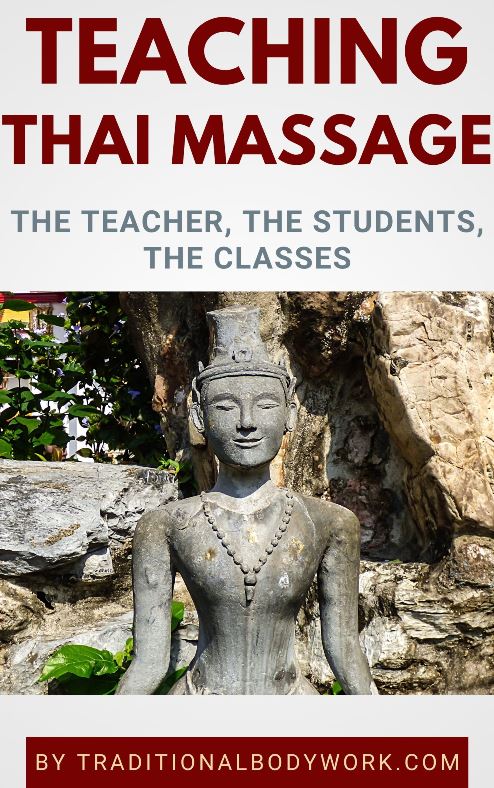
As an instructor, the question of what price to charge for your Thai Massage training course is quite a thing. In fact, the right price depends on a lot of factors.

For instance, where will you give a training course? In what country? In Thailand, for instance, a five-day training (thirty effective study hours) can start as from US$ 150, but in the USA or in Western Europe that could easily be US$ 750. Thus, much depending on the country and the local standard of living, prices will naturally vary.
Then it depends on the (legal) value of your training course, that is, does it for instance give rights to official Continuing Education points or does it give rights to legally practice Thai Massage? It can be an important reason why some students enroll for your course and you will be able to charge a somewhat higher fee.
And, is there a lot of competition around? Are you a well-known, sought-after Thai Massage teacher or do you bring something very special?
Then things depend very much on the structure of your training course: are people able to stay (sleep over), get meals, or are there other amenities? It means you will need to differentiate in pricing, asking different fees for those who want to stay during the course or will join the meals, and so on.
And, do you perhaps rent a place and materials or is the training hosted at another institute? Well, that would usually mean that your training course fees need to be higher if you still want to run a profitable course or workshop.

As for the payment, it’s wise to let students pay a non-refundable deposit in advance, just to make it easier for you to plan and to be able to run a profitable training. Nothing more annoying and financially damaging than to have ten students enrolled for your course (which can host maximum ten students, for instance) and finally only five students actually coming. Without, for instance, a 30% deposit it would make for a financial disaster.
Surely you can also offer discounts, like giving 10% off on fees if students bring other students with them. Or you may give a 10% or 15% discount on any subsequent training course the student enrolls for, or whatever you may think is suitable. Let’s say, you can work with incentives.
In some countries, it’s very common to let people pay products or services in installments. Of course, there’s a risk there that someone cannot finish the payments, but it is an option to make a training course easier accessible.
For what it is, reasonable, competitive and cost-effective tuition fees and a flexible but robust payment structure are important issues. This is not only key for your financial stability as a teacher, but likewise very much for the accessibility of your Thai Massage courses or workshops.















